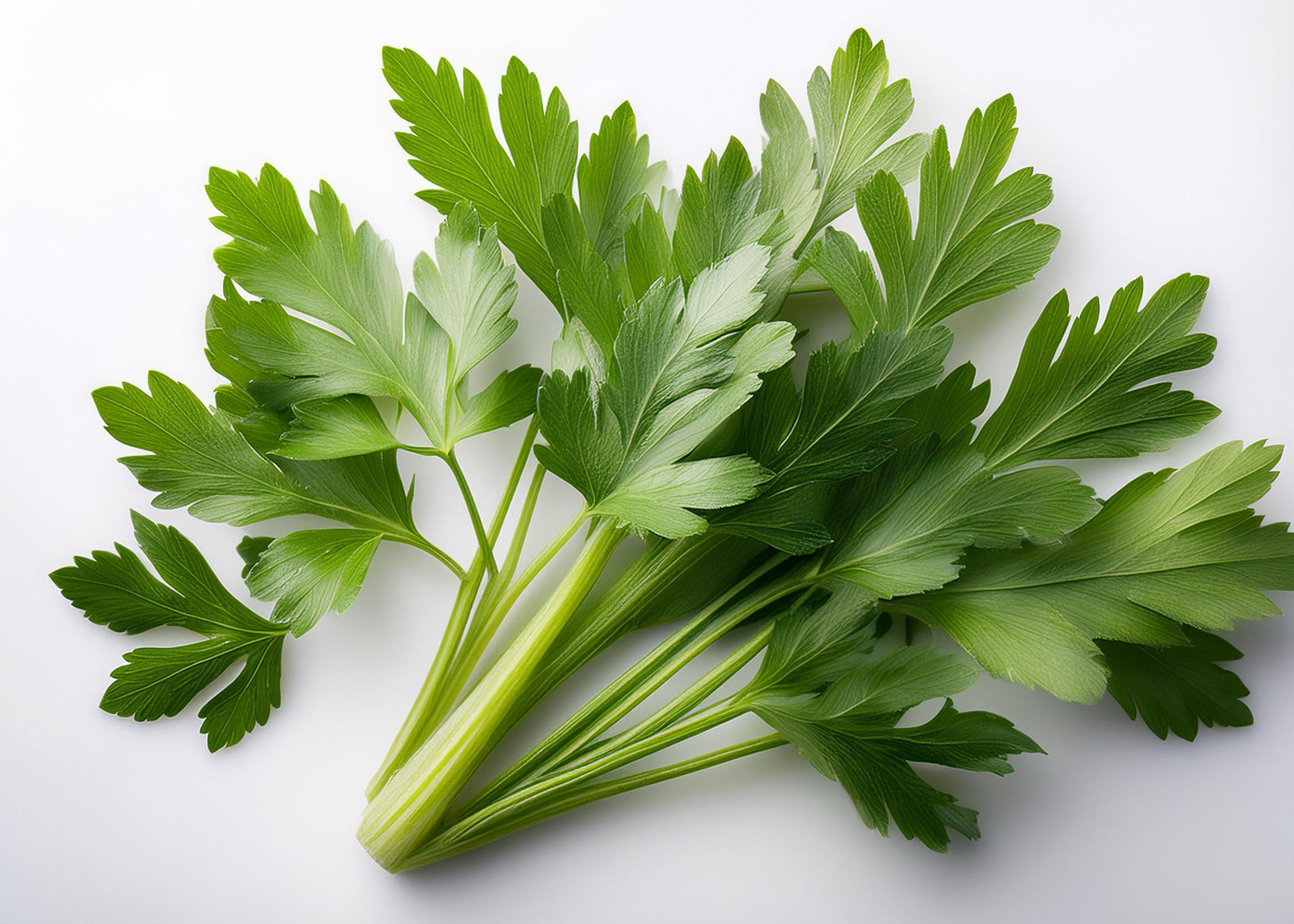Botanical Name: Levisticum officinale
Lovage is a perennial herb known for its strong, aromatic flavor, often compared to a combination of celery, parsley, and anise. Native to Southern Europe but now grown in many temperate regions worldwide, lovage has been used for centuries in both culinary and medicinal applications. Its bold, savory taste and versatility in the kitchen make it a cherished ingredient in European cuisines, particularly in French, Italian, and Eastern European cooking.
The plant is easily recognizable by its tall, hollow stems, lush green leaves, and small yellow flowers. Almost every part of the plant is edible, including the leaves, stems, seeds, and roots, making it one of the most versatile herbs. The leaves have a flavor reminiscent of celery but are much more intense, while the seeds resemble fennel or caraway in taste. The roots, often used in soups and stews, provide a deep, earthy flavor.
In the kitchen, lovage leaves are most commonly used as a seasoning herb. Their robust flavor makes them a great addition to soups, broths, and stocks, where they can add depth to vegetable or meat-based dishes. Lovage can also be chopped and added to salads, marinades, or dressings, where its intense flavor can enhance milder ingredients. It pairs well with potatoes, fish, and poultry, adding a fresh, herbal kick to these dishes. The stems, which have a more pronounced celery flavor, can be used as a garnish or added to stir-fries and stews.
Lovage seeds are often dried and used as a spice, similar to caraway seeds, adding a hint of warmth and spice to bread, pickles, and savory baked goods. The roots, though less commonly used, can be added to hearty soups and stews to infuse a rich, earthy taste.

